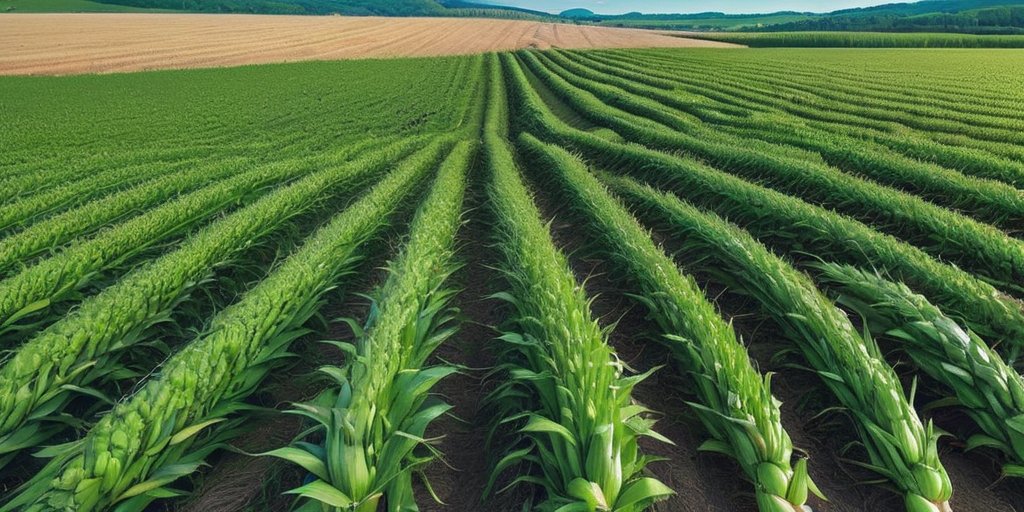In recent discussions, U.S. Commerce Secretary Howard Lutnick posed a challenging question: Why won’t India buy even a single bushel of American corn? This inquiry underscores the complex and often contentious trade relationship between the United States and India, particularly in the agricultural sector. President Donald Trump has been vocal in criticizing India’s trade policies, labeling the country a “tariff king” and accusing it of hindering U.S. farmers from tapping into India’s vast agricultural market.
As Trump navigates the landscape of the escalating trade war, where reciprocal tariffs are set to begin on April 2nd, the stakes are high. The conflict primarily revolves around tariffs – taxes imposed on imported goods. While the U.S. aims for greater access to India’s agricultural market, India has instead staunchly defended its policies, citing the need for food security and protecting the livelihoods of its millions of small farmers.
India’s remarkable transformation from a food-scarce nation to a surplus powerhouse stands testimony to its agricultural resilience. In the mid-20th century, India heavily relied on food aid, but through sustained agricultural advancements, the country became self-sufficient in staples and evolved into the world’s largest milk producer. Today, India not only feeds its 1.4 billion population but also ranks as the eighth-largest agri-produce exporter globally, shipping various agricultural products worldwide.
However, beneath this success lies a stark contrast in agricultural productivity between India and the U.S. While U.S. farmers operate on an average of over 46 hectares, Indian farmers manage less than one hectare. This disparity leads to lower productivity and continues to affect a sector that employs nearly half of India’s workforce, yet only accounts for about 15% of its GDP.
With India’s high tariffs on agricultural imports, which can range from zero to 150%, the prospect of U.S. corn entering the market seems dim. The average tariff on U.S. farm products is significantly higher at 37.7% compared to 5.3% for Indian agricultural goods entering the U.S. This economic imbalance highlights the challenges U.S. agriculture faces when trying to penetrate the Indian market.
Despite India’s agricultural success, internal funding and resources remain limited, with farming receiving less than 6% of the total investment allocation in the country. Agriculture experts argue that to push for lower farm tariffs and the acceptance of genetically modified crops without addressing these structural issues further hinders the potential for importation of U.S. corn.
As the U.S. seeks to narrow its $45 billion trade deficit with India through enhanced agricultural exports, the varying farming practices, subsidies, and economic realities create a multifaceted barrier that Trump’s administration will need to navigate carefully. Ultimately, the future of U.S. corn in India is enmeshed not just in trade negotiations but also in the livelihoods of millions and the agricultural policies that sustain them.
